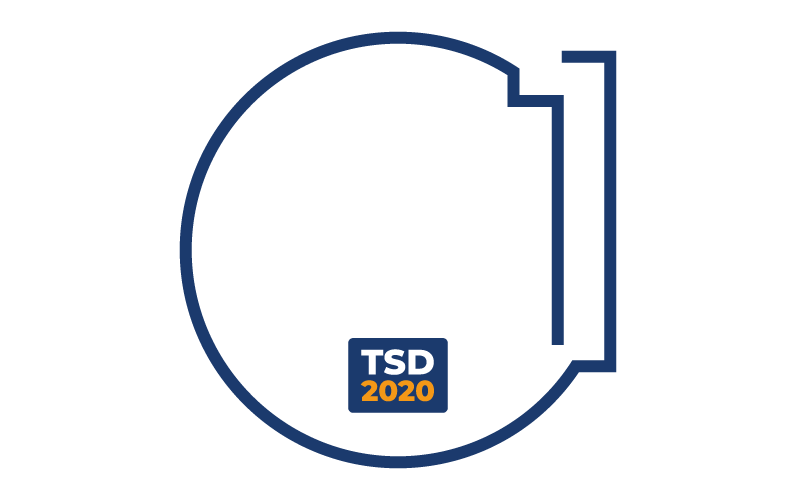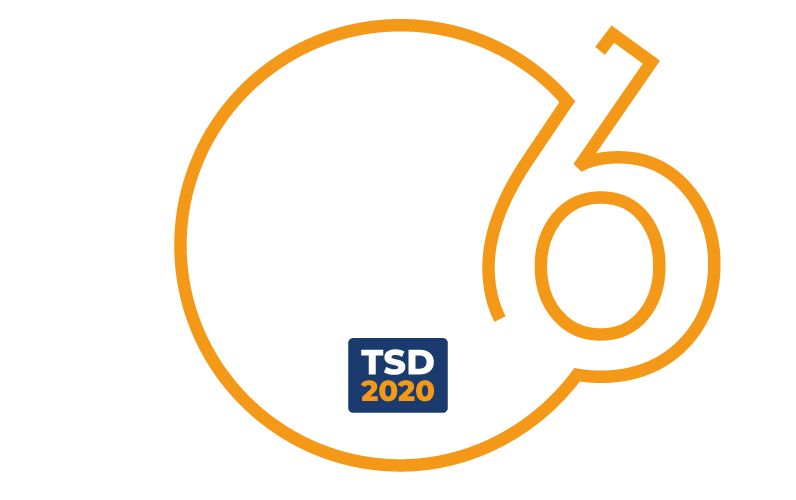The three main areas in which PGAS is going to work are: R&D, Marketing, Partnership and Sales. The R&D phase takes two years starting from July 2020. This phase was conceptually divided into two part: the initial one, concern the product features to be improved and implemented, will need around 10 months of work. After that, the product development task can start, while the research switches to the definition of the output derived from the device. The results lead to a new scientific standard for the postural diagnosis. The development of the product will last 8 months until January 2022, after that the product can be sold to the early adopters (clinics and research centers open to accept such new technology). During this phase, the scientific research will continue to produce results helped by partnerships with the most enthusiastic customers. In the 2021 also an intense marketing effort will be performed in order to attract more clients to the possible new paradigm.





















